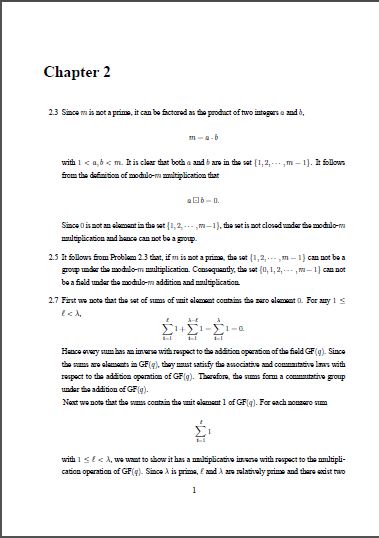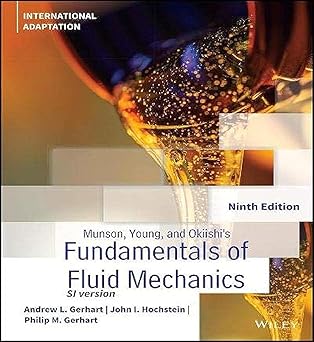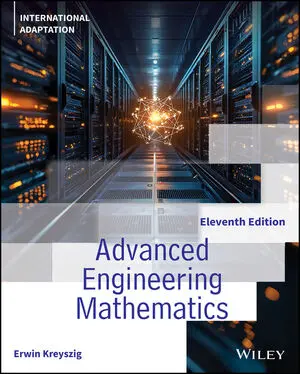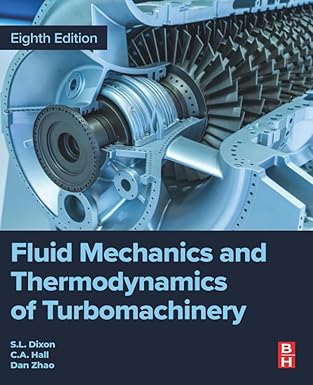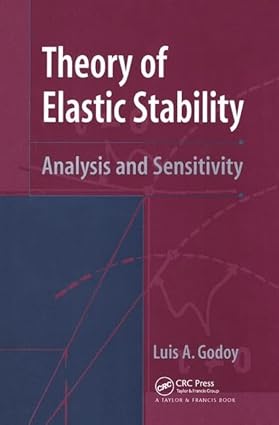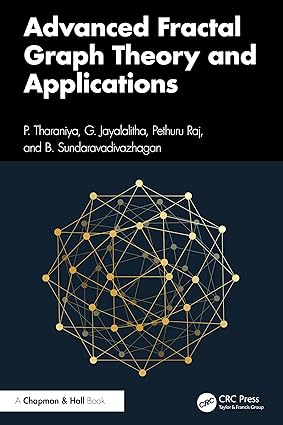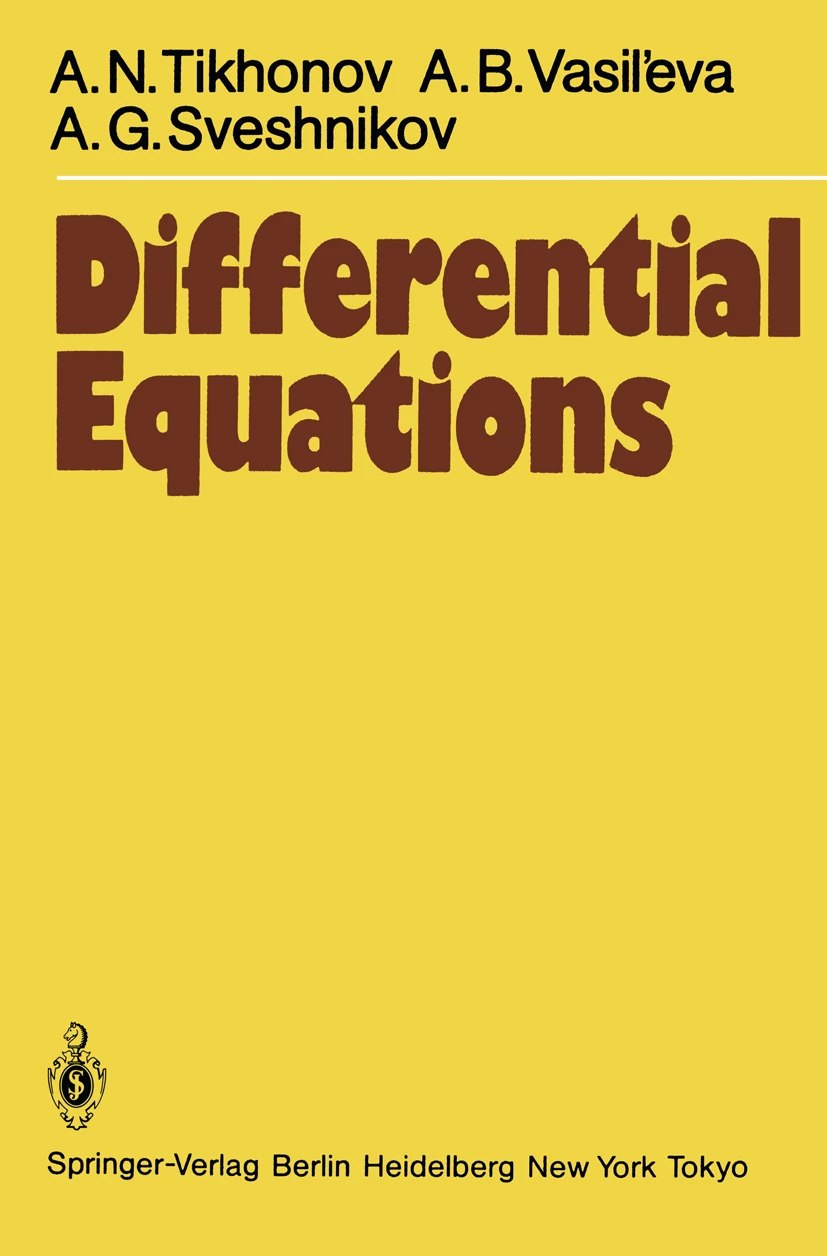Solution Manual error Control Coding 2nd Edition
2.3 Since m is not a prime, it can be factored as the product of two integers a and b,
m = a ¢ b
with 1 < a; b < m. It is clear that both a and b are in the set f1; 2; ¢ ¢ ¢ ;m ¡ 1g. It follows
from the definition of modulo-m multiplication that
a ¡ b = 0:
Since 0 is not an element in the set f1; 2; ¢ ¢ ¢ ;m¡1g, the set is not closed under the modulo-m
multiplication and hence can not be a group.
2.5 It follows from Problem 2.3 that, if m is not a prime, the set f1; 2; ¢ ¢ ¢ ;m ¡ 1g can not be a
group under the modulo-m multiplication. Consequently, the set f0; 1; 2; ¢ ¢ ¢ ;m¡1g can not
be a field under the modulo-m addition and multiplication.
2.7 First we note that the set of sums of unit element contains the zero element 0. For any 1 ·
` < ¸,
X`
i=1
1 +
X¸¡`
i=1
1 =
X¸
i=1
1 = 0:
Hence every sum has an inverse with respect to the addition operation of the field GF(q). Since
the sums are elements in GF(q), they must satisfy the associative and commutative laws with
respect to the addition operation of GF(q). Therefore, the sums form a commutative group
under the addition of GF(q).
Next we note that the sums contain the unit element 1 of GF(q). For each nonzero sum
چکیده فارسی
خطای راهنمای راه حل کنترل کدگذاری ویرایش دوم
2.3 از آنجایی که m عدد اول نیست، می توان آن را به عنوان حاصل ضرب دو عدد صحیح a و b در نظر گرفت،
m = a ¢ b
با 1 < a; b < m. واضح است که a و b هر دو در مجموعه f1 هستند. 2 ¢ ¢ ¢ ؛ متر ¡ 1 گرم. به دنبال آن است
از تعریف ضرب مدول m که
a ¡ b = 0:
از آنجایی که 0 عنصری در مجموعه f1 نیست. 2 ¢ ¢ ¢ ;m¡1g، مجموعه تحت مدول-m بسته نشده است
ضرب و از این رو نمی تواند یک گروه باشد.
2.5 از مسئله 2.3 نتیجه می گیرد که اگر m عدد اول نباشد، مجموعه f1. 2 ¢ ¢ ¢ ;m ¡ 1g نمی تواند یک
باشد
گروه تحت ضرب مدول-m. در نتیجه، مجموعه f0; 1 2 ¢ ¢ ¢ ;m¡1g نمی تواند
یک میدان تحت جمع و ضرب مدول-m باشد.
2.7 ابتدا توجه می کنیم که مجموعه مجموع عنصر واحد حاوی عنصر صفر 0 است. برای هر 1 ·
< ¸،
X`
i=1
1 +
X¸¡`
i=1
1 =
X¸
i=1
1 = 0:
بنابراین هر مجموع نسبت به عمل جمع میدان GF(q) معکوس دارد. از آنجایی که
مجموع عناصر در GF(q) هستند، آنها باید قوانین انجمنی و جابجایی را با
برآورده کنند.
با توجه به عملیات جمع GF(q). بنابراین، مجموع یک گروه جابجایی را تشکیل می دهند
تحت افزودن GF(q).
سپس متذکر می شویم که مجموع ها حاوی عنصر واحد 1 از GF(q) هستند. برای هر مجموع غیر صفر
ادامه ...
بستن ...
